The Cotta Fort was built by Father Jose Ducos in 1756 to serve as a Spanish outpost in the land. It was renovated and restored to its original design in 2002 under the leadership of Mayor Reynaldo O. Parojinog, Sr. and Vice Mayor Carlos Patricio C. Bernad. This is one of the many reasons why tourists go to Ozamiz, Philippines. It is the first to attract passengers from incoming vessels to the Ozamiz City Port as it is already visible miles away. The first thing one will notice is the lighthouse protruded above the walls of the Cotta Fort.
Known as the “El Fuerte de la Concepcion y Del Triunfo” in Spanish, the Cotta Fort is a stone fort built along the shores of Panguil Bay which is now the Port of Ozamiz. The Cotta Fort has been used as a constabulary house ever since it was built. It was strategically situated near the Panguil Bay which was named as the “never ending source of Muslim pirates”. This enables the constabulary to avoid sudden onslaught and attack the Moro pirates from the barracks. The Cotta Fort also serves as the shelter for the ships of the Spanish Fleet during that time.
The Cotta Fort stands as one of the oldest structures in the City. It is the witness of the many events that happened to Ozamiz. The two most noted occasions where it has seen combat was during the Spanish era fighting against the Muslim pirates and during the last day of the Japanese occupation in 1945.
Based on old facts, there were already other forts in Mindanao prior to building the Cotta Fort. These are Nuestra Senora del Pilar de Zaragoza in Zamboanga, Dapitan Fort on Ilihan Hill in Dapitan, San Francisco Xavier in Iligan, San Jose in Cagayan de Oro. All of these forts got all their supplies, arms and ammunitions from the Spanish Royal Treasury.
The Cotta Fort was used to be known as the Misamis Fort until the name Misamis was changed to Ozamiz. This gives a lot of confusion to locals regarding the use of “s” and the “z” in the last letter of Ozamiz. Until now many continue to use “Ozamis” instead of the correct “Ozamiz”.
The Cotta Fort was built using large stones believed to be coming from Panguil Bay and nearby Siquijor Island. It is rectangular in shape and has four bulwarks named as San Fernando, San Jose, Santiago and San Ignacio. It serves as the constabulary headquarters during the time of the American and Japanese. It was hit and destroyed by a strong earthquake in 1955 and was repaired in a later date. The Shrine of the Virgin of the Immaculate Conception was place here. At the left side of the Cotta Fort is the Laureate Blessed Virgin of Cotta, visited by devotees and tourists every July 16. The Cotta Fort became a historical symbol in March 13, 2002.
An entrance fee of P5.00 is collected when going inside the Cotta Fort. One can see several huts made of “nipa” or palm and bamboo. Products made from abaca, bamboo and coconuts are handcrafted to be made into bags, necklaces and baskets which are sold at a very affordable price. A canteen which sells junk foods, snacks and beverages is housed inside. The old arsenal which serves as the storage of weapons is still present. A small museum was built inside the Cotta Fort which domiciled several artifacts and other objects from the past.
This page is last updated on

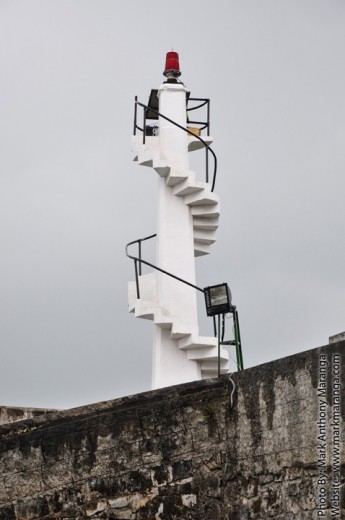
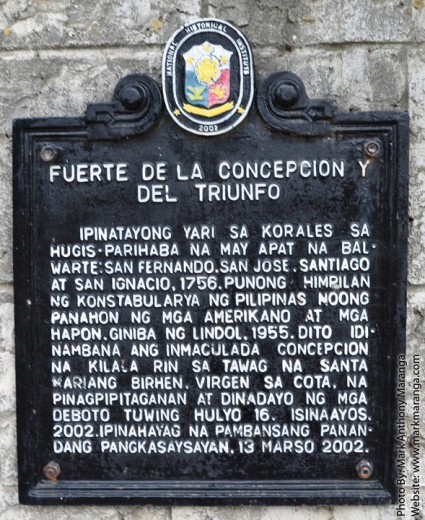
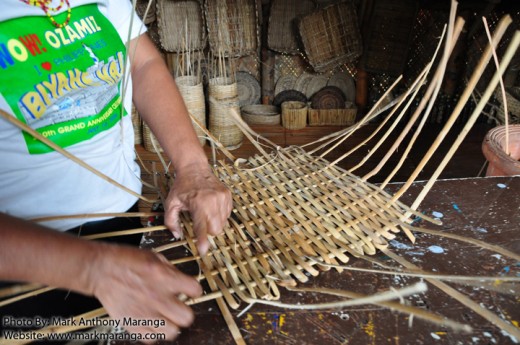
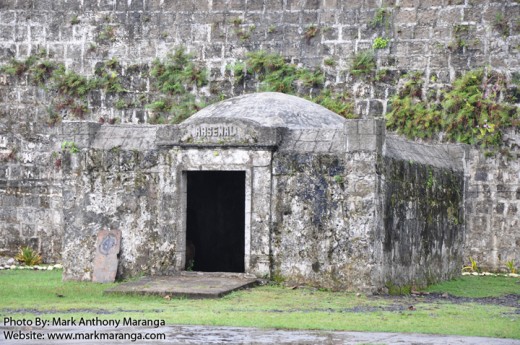
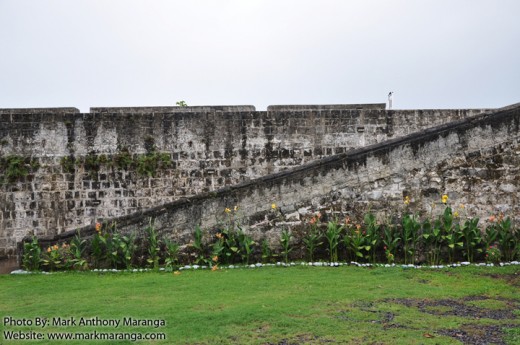
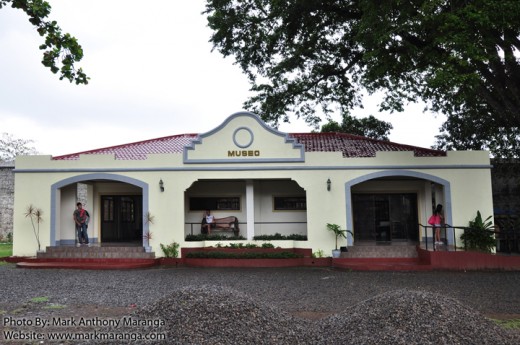
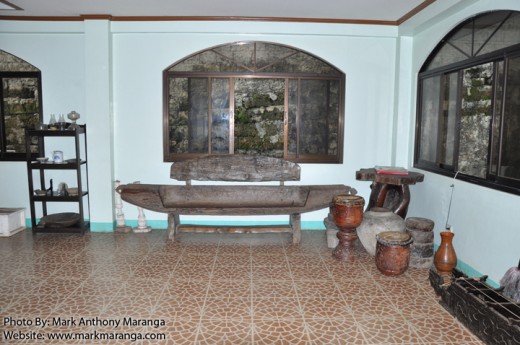
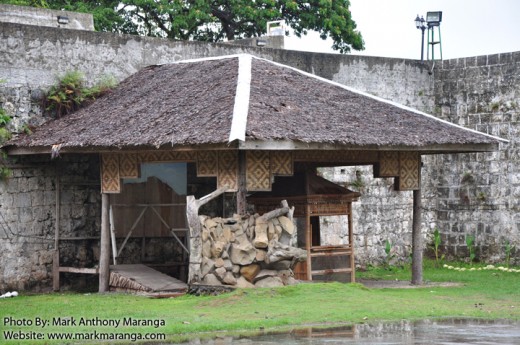
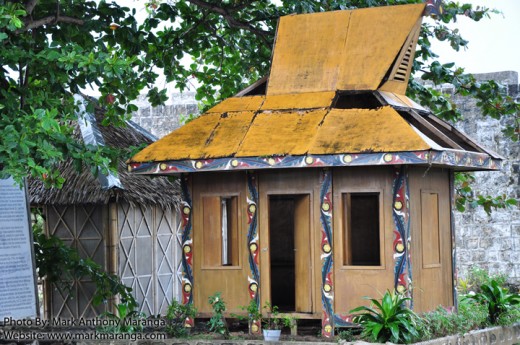












Hello! Do you have any idea, how much is the bus fare from Ozamiz to Dapitan City? thanks!
GI,
I think it’s about P150-P200.
hello. i’d like to know how you got around ozamis. would you also know by chance how far this is from dapitan and how long a bus ride would take? thanks 🙂
Kathy,
Dapitan to Ozamiz is a 3.5 hours ride by bus. Buses are available at the rotunda of Dapitan. Both air-conditioned and non-air-conditioned will pass the rotunda every half hour.
Regards,
Mark M.